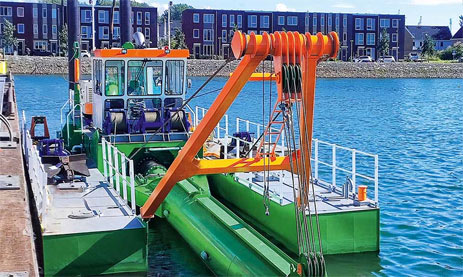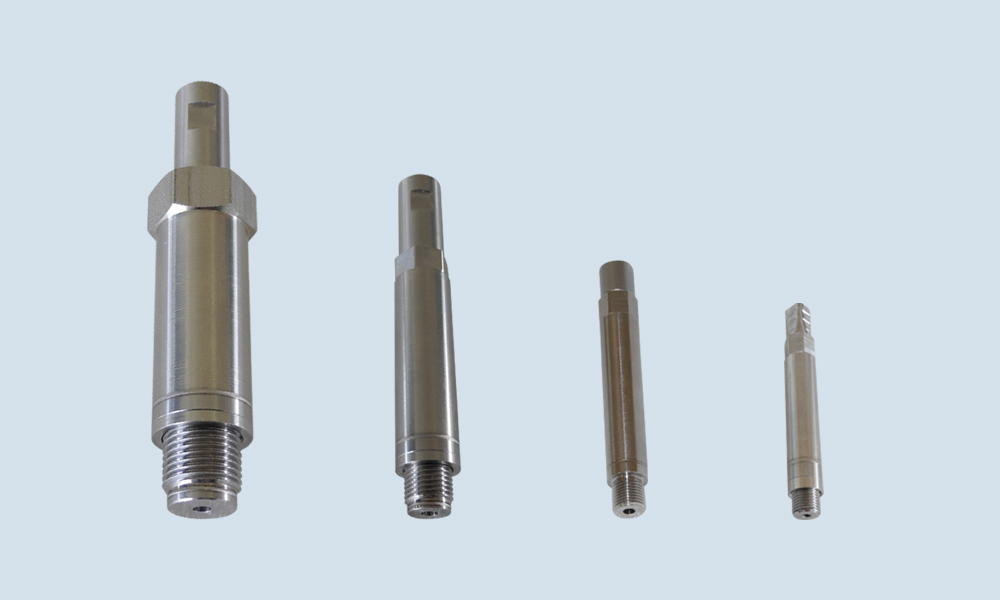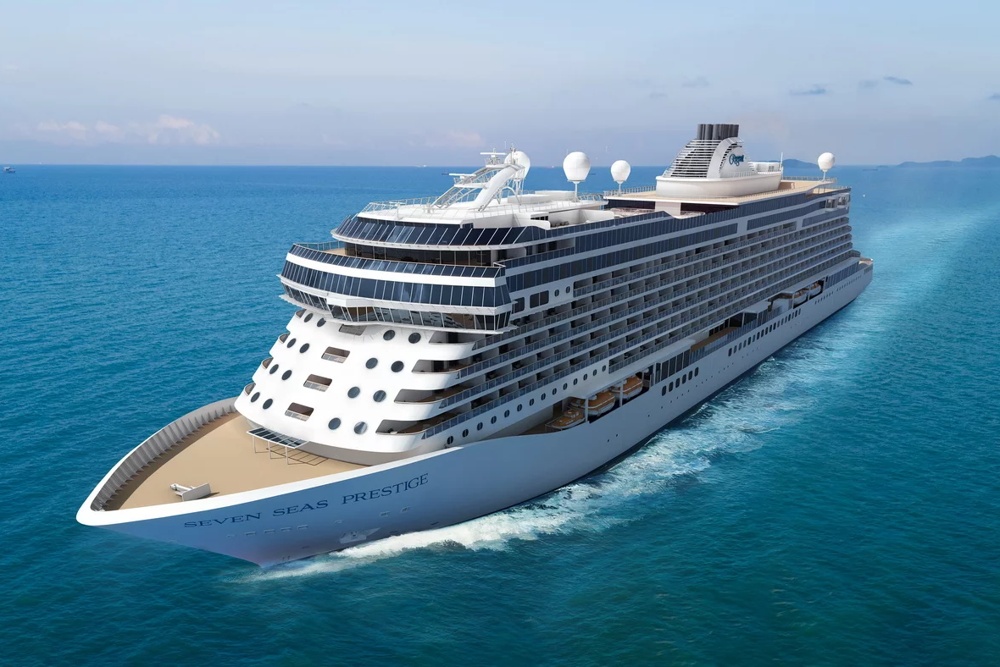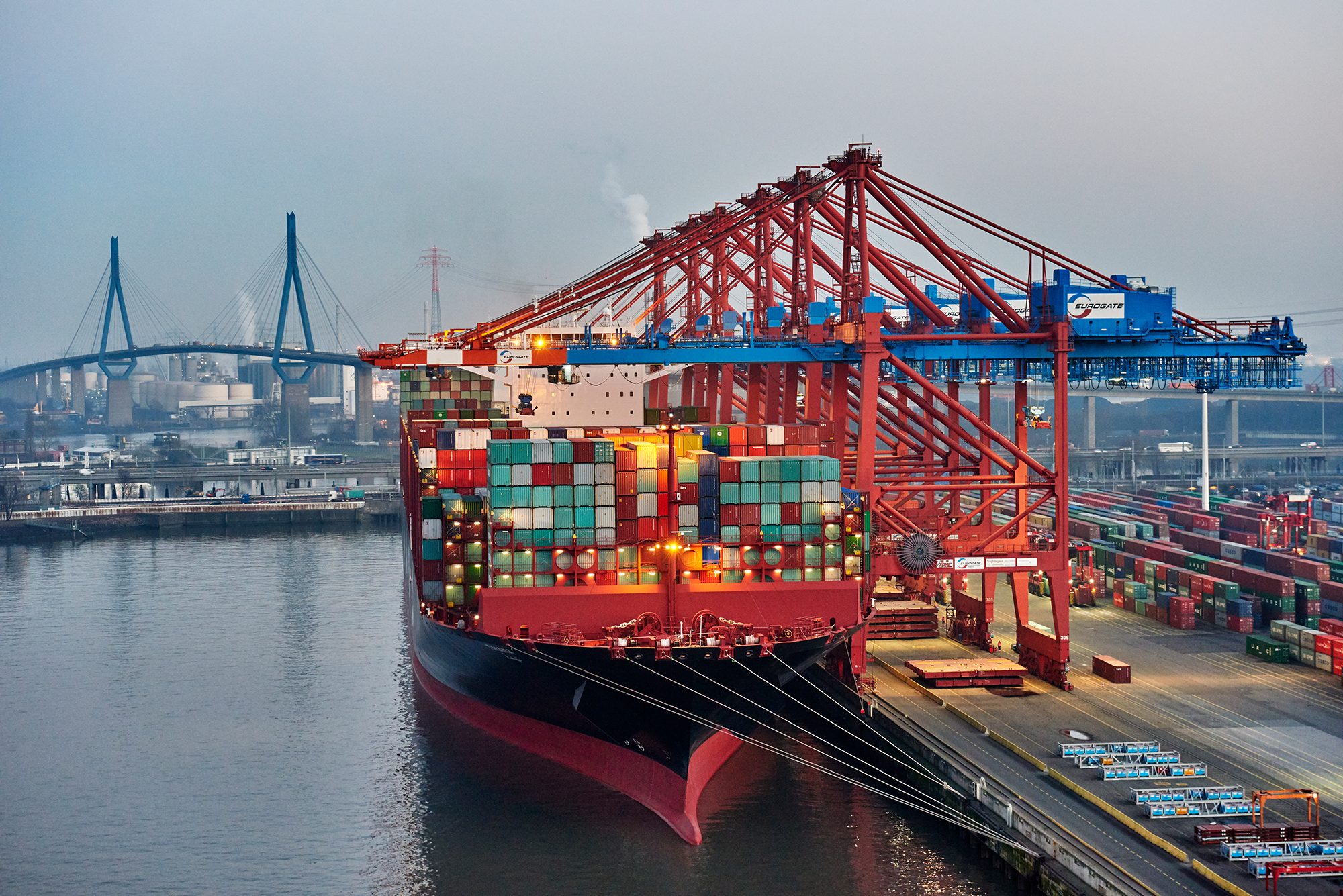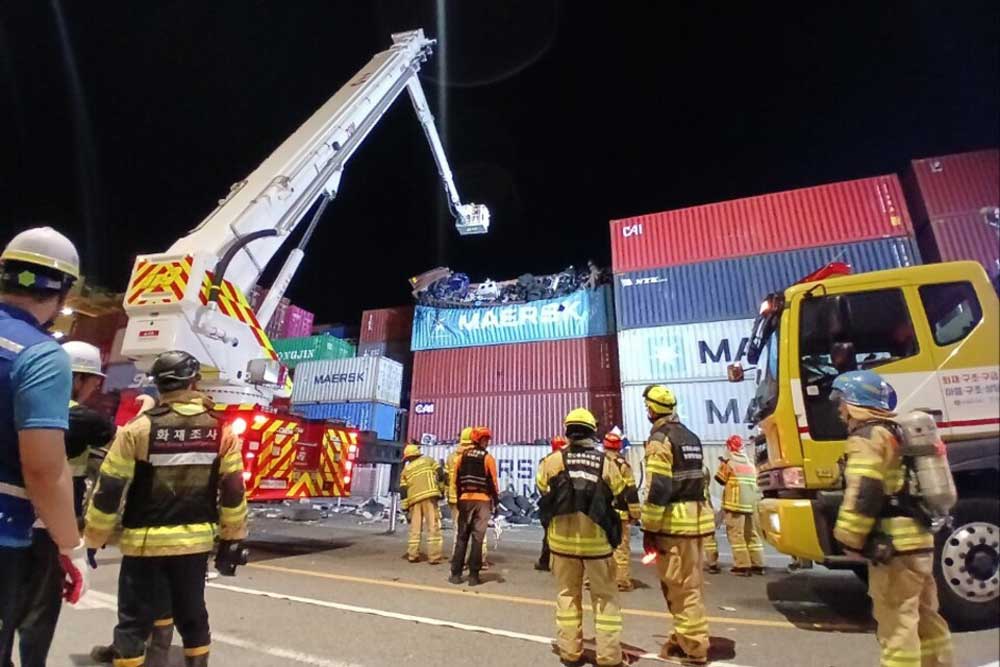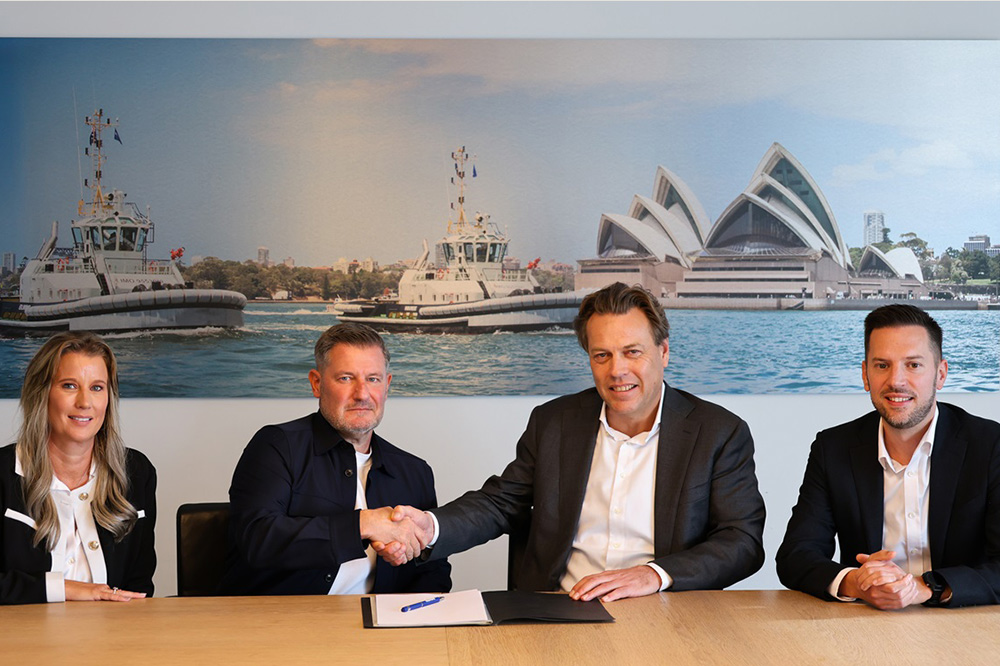This was not necessarily expected at the beginning of the year: Shipowners are once again relying on LNG propulsion technology for more than half of their new container ship orders. In 2023, methanol was still at the top of the list.
The main reason for this is likely to be concerns about the future availability of green methanol, according to the latest market report from the industry service Alphaliner.
The proportion of ships with “methanol contracts” fell sharply in the first ten months of 2024. Such vessels account for only 21% of new capacity ordered so far, a significant drop from the 51% in 2023.
“The decline is underlined by the fact that methanol capacity contracted this year has again fallen below demand for conventional tonnage,” the analysis states.
Instead, LNG propulsion has reasserted itself as the main short- to medium-term choice for shipping companies on the road to decarbonisation. As of 14 October Alphaliner reported a total of 264 orders (all propulsion types) with a volume of 3.11 million TEU, which could make 2024 a record year. Around 77.5% of the capacity ordered is “green” tonnage. Instead, shipping companies have turned back to LNG propulsion, ordering a record 1.76 million TEU of capacity this year, representing 55% of total capacity ordered and four times the 440,000 TEU contracted for 2023.
41% of the order book runs on LNG
Fears that the supply of methanol would be insufficient had multiplied this year, as the processing costs for this fuel have proved higher than expected and planned production has not gotten off the ground.
“The shift was underscored by Maersk’s announcement in August that it would split its latest series of up to 60 newbuildings between LNG and methanol propulsion,” the Alphaliner analysts say. The exact split will depend on the supply of environmentally friendly fuels and the future legal framework.
With this year’s orders, the total order book is now split 41%, 31% and 28% between LNG, conventional and methanol drives. This does not include the 1.4 million “ready” ships that can be converted to green propulsion at a later date. LNG propulsion is used primarily for larger ships; no orders for methanol propulsion were placed for freighters over 14,000 TEU this year.









